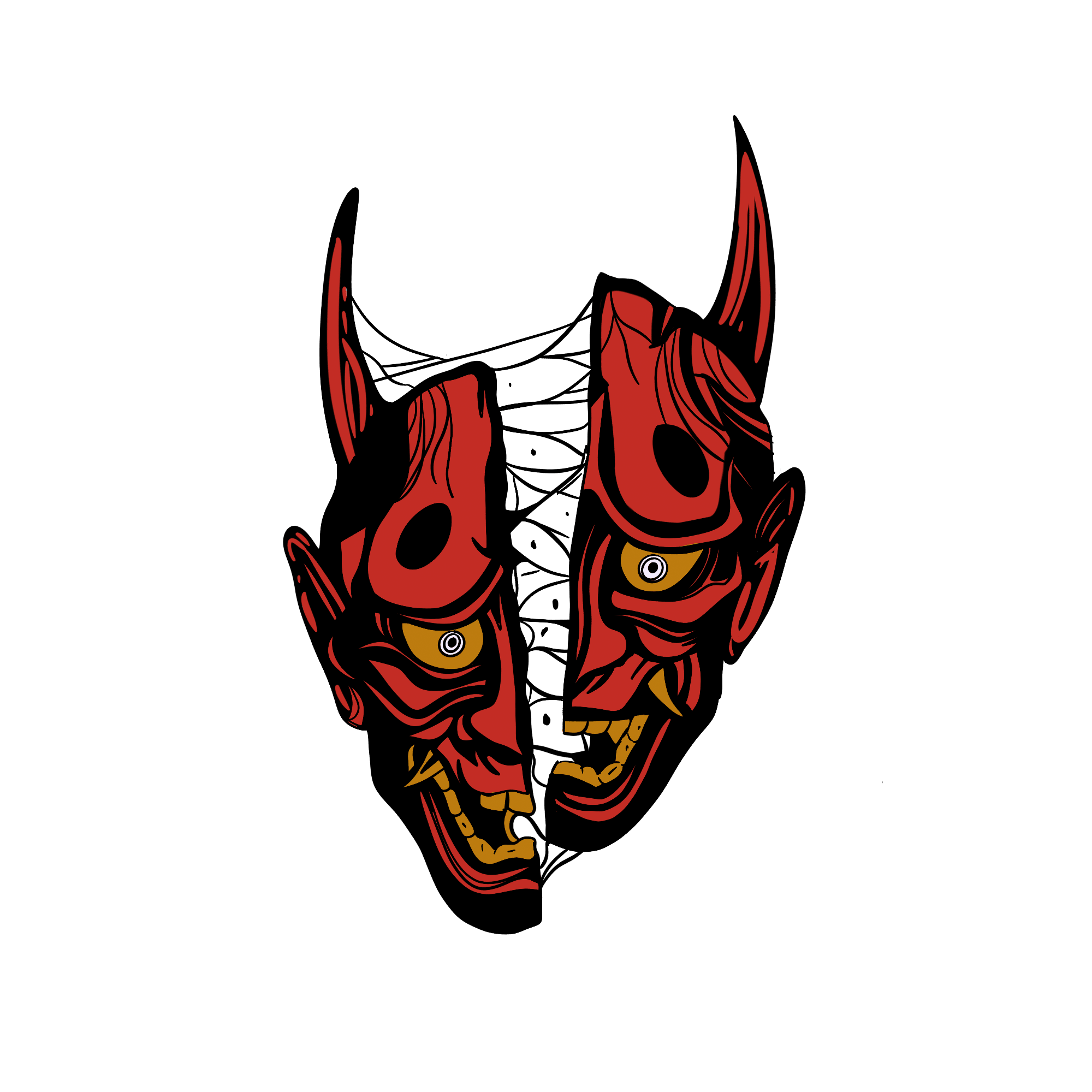Vanth


The ancient Etruscans, who inhabited the Italian peninsula long before the rise of Rome, left behind a rich tapestry of art, culture, and mythology. Among the intriguing figures in Etruscan mythology is Vanth, a female demon whose enigmatic nature continues to captivate scholars and enthusiasts alike. Vanth, with her striking appearance and multifaceted role, serves as a fascinating glimpse into the complex beliefs of this ancient civilization.
The Etruscans flourished in central Italy between the 8th and 4th centuries BCE, with their civilization centered in the region known as Etruria, which roughly corresponds to modern-day Tuscany, parts of Umbria, and northern Lazio. While their influence on Rome and subsequent civilizations is undeniable, much about the Etruscans remains shrouded in mystery, including their language, which has yet to be fully deciphered.
Vanth, whose name is derived from the Etruscan word "Vanθ," first appeared in Etruscan funerary art and inscriptions, often accompanying scenes related to death and the afterlife. Her portrayal in these depictions is striking, showcasing her as a winged female figure with a menacing visage, a combination of both beauty and deathly power.
Vanth's multifaceted role in Etruscan mythology is one of the aspects that make her particularly intriguing. She is most commonly associated with death and the afterlife, functioning as a psychopomp, a guide for the souls of the deceased to the underworld. In this capacity, she is often seen leading the deceased on their journey to the afterlife.
However, Vanth's role extends beyond that of a mere harbinger of death. She also serves as a protector of the deceased, ensuring their safe passage and safeguarding their souls from malevolent forces. This duality of her character, as both a guide and a guardian, underscores the complexity of Etruscan beliefs regarding the afterlife.
The artistic representation of Vanth is both striking and distinctive. She is often depicted with a dark, winged figure, dressed in a long robe or tunic that flows gracefully around her form. Her wings are a prominent feature, symbolizing her ability to traverse the realms between the living and the dead. Vanth is sometimes depicted holding a serpent or a key, symbols that further emphasize her role as a guardian of the deceased and the afterlife.
Interestingly, Vanth's appearance bears some resemblance to other mythological figures from different cultures, such as the Greek harpies or the Roman Furies, reflecting the interplay of influences and cultural exchanges that characterized the ancient Mediterranean world.
The interpretation of Vanth's role and significance in Etruscan mythology is a subject of ongoing debate among scholars. Some believe that she represents a benevolent guide, leading souls to a peaceful afterlife, while others suggest that she might have a more sinister aspect, perhaps punishing those who had led a wicked life.
Another intriguing theory suggests that Vanth may have been linked to the Etruscan goddess of death, Vanthi, although this connection remains speculative due to the limited surviving sources from the Etruscan civilization.
Vanth, the enigmatic Etruscan female demon, continues to captivate our imagination and curiosity, offering a tantalizing glimpse into the beliefs and mythological tapestry of an ancient civilization that has largely faded into obscurity. Her role as a guide and guardian of the dead, her striking iconography, and her mysterious origins all contribute to her enduring allure. As scholars continue to uncover more about the Etruscans and their mythology, the story of Vanth may become even more intriguing and complex, shedding further light on the ancient civilization that created her.
Demons



